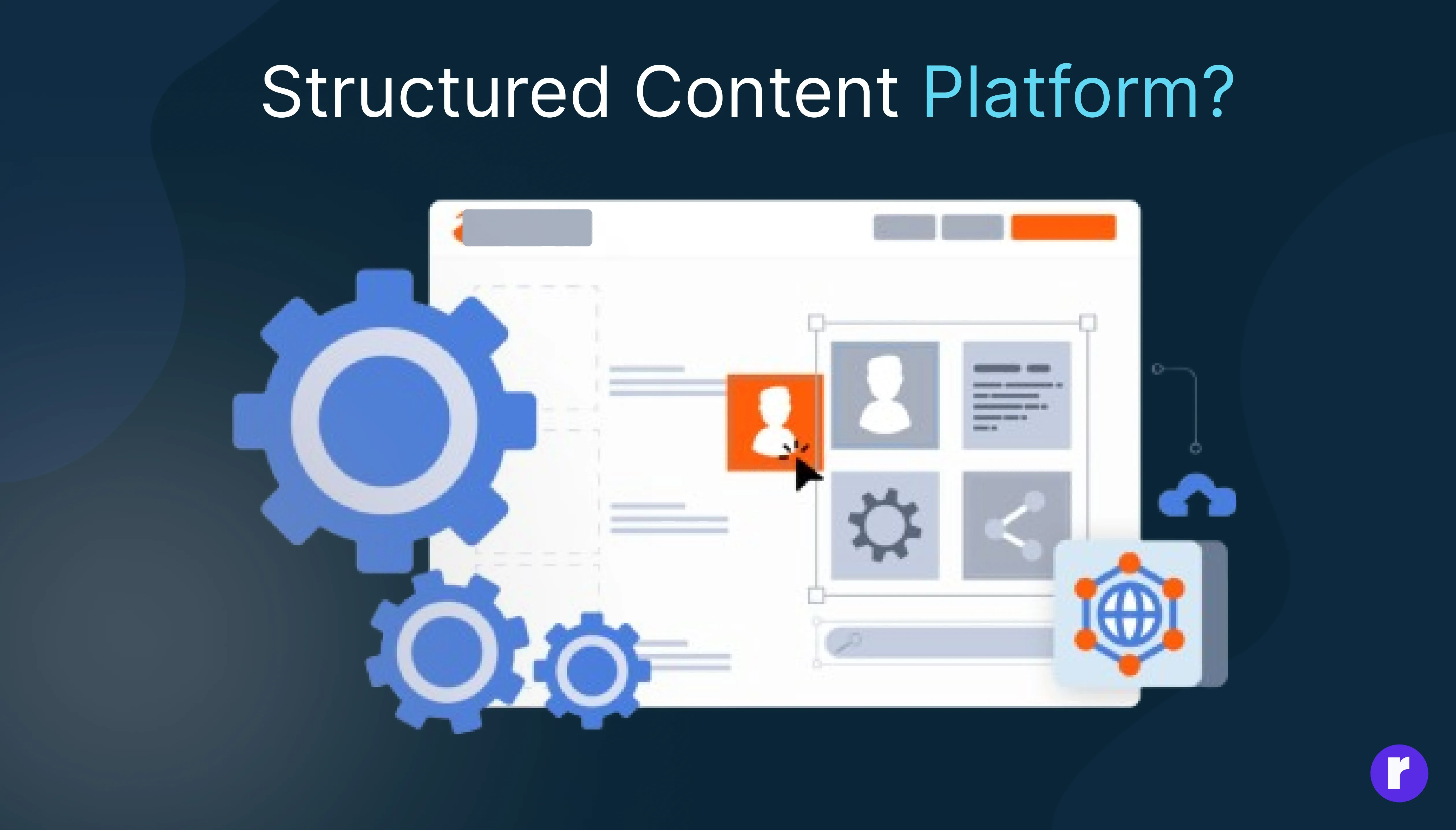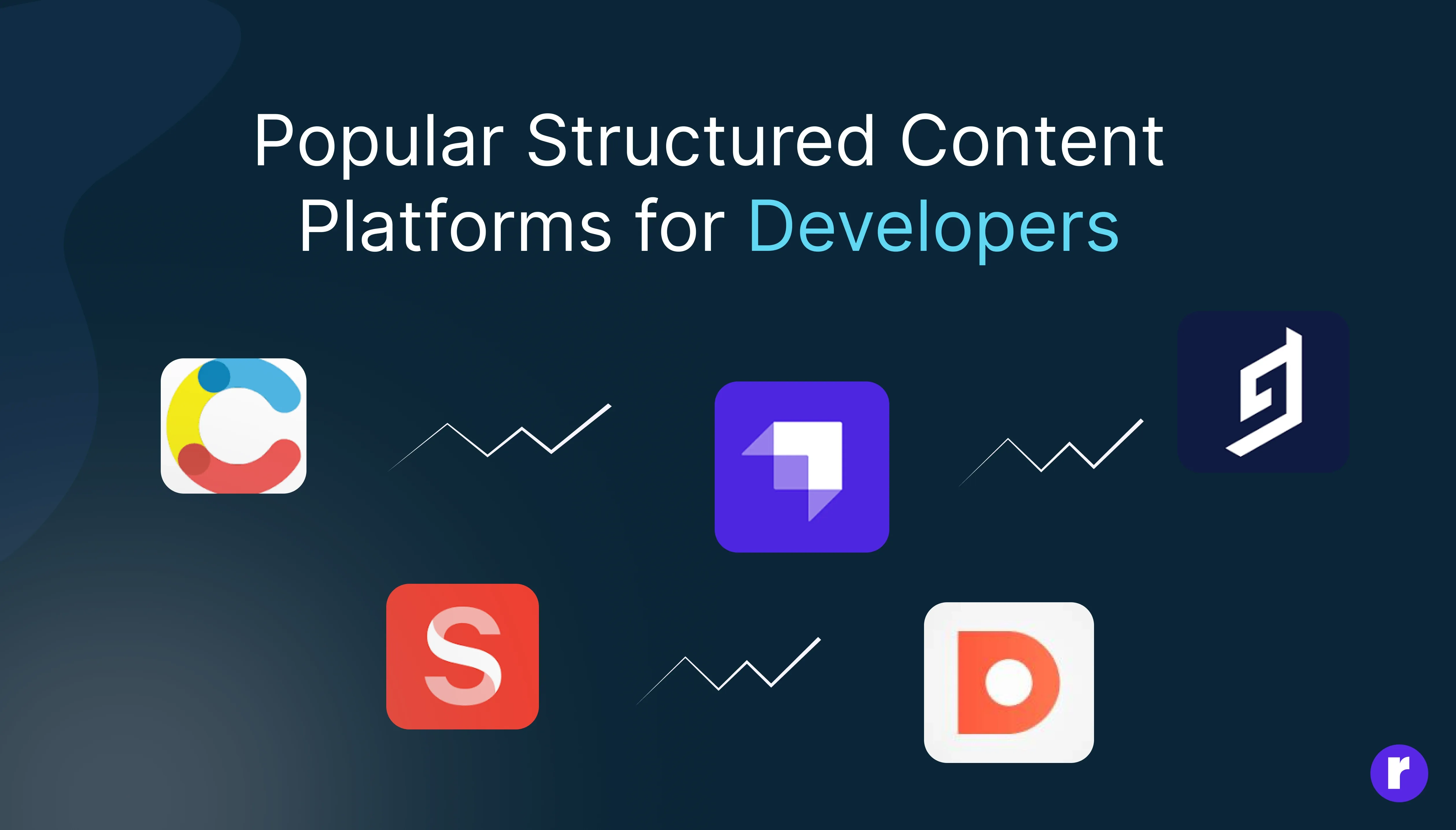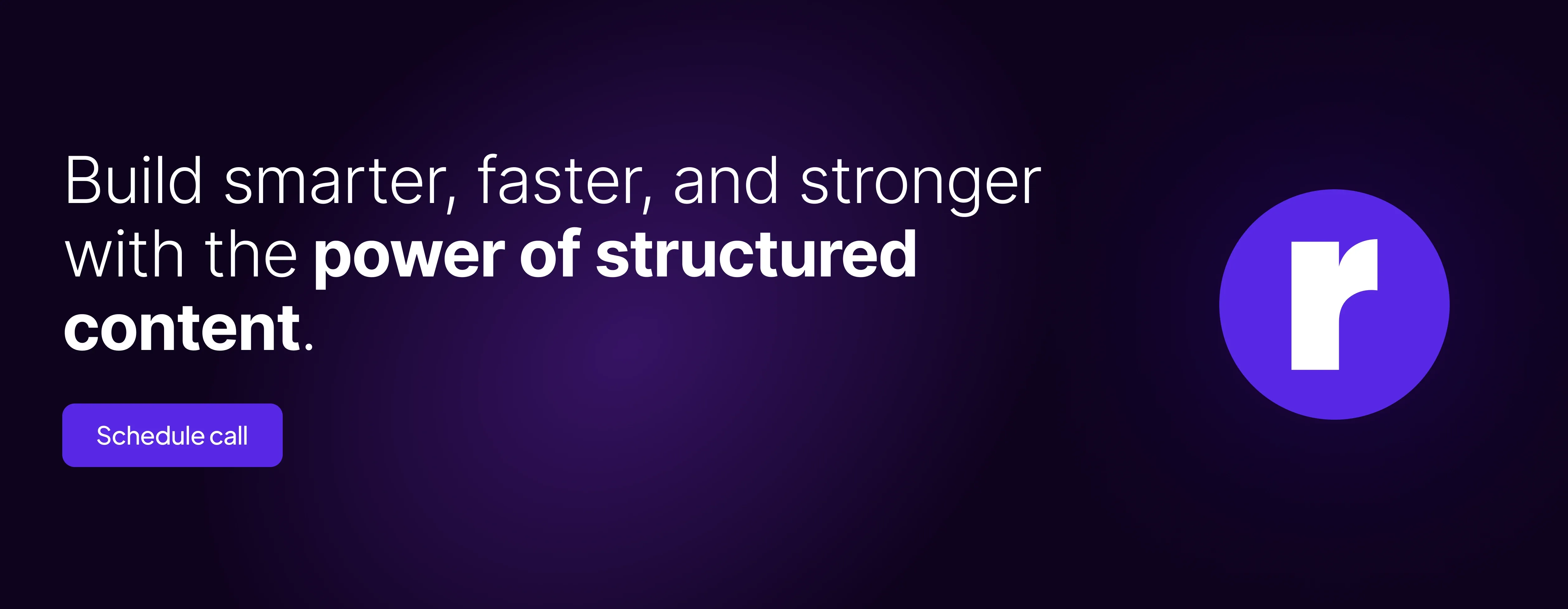The Structured Content Platform That Empowers Developers

Written by
Vishnu
Front End Developer
Table of contents
Build with Radial Code
Click In today’s fast-paced digital world, developers are expected to build robust, scalable, and user-friendly applications across multiple platforms — all while ensuring content is dynamic, customizable, and easy to manage. Traditional content management systems (CMS) often fall short in meeting these needs, especially when content needs to be reused across channels and experiences.
That’s where structured content platforms step in — offering a powerful, modern solution that empowers developers to build content-rich applications with freedom, flexibility, and future-proof architecture.
Let’s explore what a structured content platform is, why it matters, and how it makes life better for developers and content teams alike.
What is a Structured Content Platform?

At its core, a structured content platform is a content management system that organizes information into clearly defined content types and fields. Instead of managing content as blobs of text tied to presentation (like in WordPress or Wix) learn more about wordpress , structured content is modular, meaning it can be created once and reused anywhere — across websites, apps, digital screens, and more.
Unlike traditional CMSs that are monolithic and tightly coupled to the frontend, structured content platforms are headless — meaning the content backend is decoupled from the frontend. This allows developers to use any technology stack while still accessing content through APIs.
How Does It Empower Developers?
Structured content platforms are built with developers in mind. Here’s how they revolutionize the development experience.
- API-First Architecture
Most modern platforms offer robust RESTful or GraphQL APIs to query and deliver content. This allows developers to fetch only the data they need, in the format they want, and integrate it into any frontend — whether it's built with React, Vue, Angular, Next.js, or even native mobile apps.
- Freedom to Choose Tech Stack
No more limitations of templating engines or plugins. Structured content platforms enable developers to use their preferred frameworks, build tools, and deployment platforms like Vercel, Netlify, or AWS. This unlocks innovation and encourages best practices like JAMstack.
- Developer Tools & SDKs
Most platforms offer official SDKs, CLI tools, documentation, and webhooks for automation. You can integrate CI/CD pipelines, create scripts for migrations, or even build custom plugins and extensions.
- Real-Time Previews and Draft Workflows
With live previews and versioning, developers can integrate real-time previews directly into staging environments. Editors can see how content looks before it goes live, reducing back-and-forth and minimizing production errors.
Real-World Use Cases

Structured content platforms aren’t just for blogs — they’re used by startups and enterprises to power:
- Omnichannel Experiences: Same content rendered across web, mobile, kiosks, voice assistants, or smart TVs.
- E-Commerce Websites: Manage product info, promos, reviews, and editorial content in one place.
- Marketing Landing Pages: Let marketing teams launch and update content without dev involvement.
- SaaS Dashboards: Use structured content for user guides, onboarding flows, and help docs.
- News Portals & Editorial Sites: Structured content ensures consistency and rapid publishing.
Popular Structured Content Platforms for Developers

Here are some of the most popular structured content platforms trusted by development teams:
- Contentful – Well-documented, powerful API, ideal for enterprise use.
- Sanity.io – Real-time editing, portable text, great developer experience.
- Strapi – Open-source, self-hostable, fully customizable.
- DatoCMS – Fast GraphQL API and built-in media management.
- Hygraph (formerly GraphCMS) – Strong GraphQL capabilities, designed for performance.
Each offers unique benefits, so consider factors like pricing, hosting, community, and integration needs.
Developer Productivity Meets Content Flexibility

In the end, a structured content platform is not just a backend — it's a collaborative engine for developers, content creators, and marketers. It bridges the gap between clean development and creative content management, ensuring everyone moves faster and smarter.
For developers, this means:
- No more manually updating markdown or static content
- No more broken builds from last-minute copy changes
- No more working in isolation from content teams
Conclusion
Structured content platforms are more than just CMSs — they’re foundational tools for modern development workflows. By giving developers the power to structure, deliver, and scale content efficiently, they unlock a future where content is truly composable, reusable, and scalable.
Whether you’re building a high-traffic eCommerce site, a SaaS dashboard, or a multilingual marketing site, adopting a structured content platform is a smart move that pays off in productivity, scalability, and speed.
